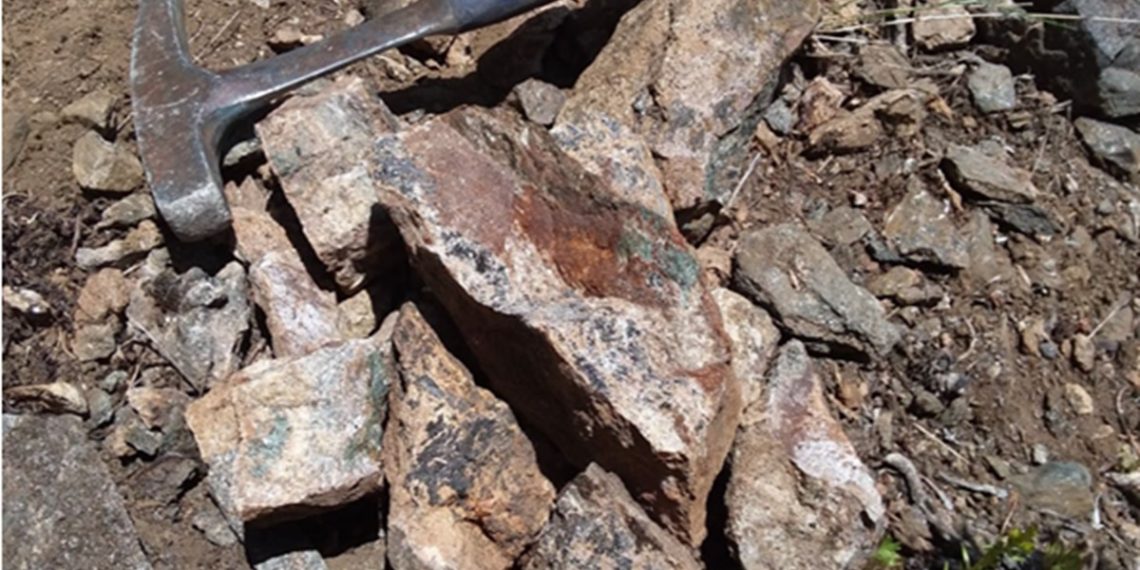In a significant development in the field of rare earth processing, the Idaho National Laboratory (INL) and US Critical Materials Corp. have signed a deal to develop new methods for processing rare earth elements (REEs). This collaboration aims to enhance the efficiency and effectiveness of rare earth element extraction, which is crucial for various high-tech devices and clean energy technologies.
REEs are a class of 17 metallic elements that include neodymium and dysprosium. These elements are essential for the manufacture of many technological applications, including cell phones, computers, and wind turbines. They also play a key role in clean energy technologies such as electric vehicles, efficient lighting, and advanced batteries.
Despite their importance, REEs are difficult to obtain, and the US currently does not produce a domestic supply. This scarcity leaves manufacturers vulnerable to supply disruptions.
The collaboration between INL and US Critical Materials aims to address this challenge, focusing on US Critical Materials’ flagship Sheep Creek property in Southwest Montana, which reported grades earlier this year that exceeded any other domestic rare earth resource.
The Department of Energy’s Critical Materials Institute (CMI) has previously developed a technology that aids in the recycling, recovery, and extraction of rare earth minerals. This technology, which has been licenced to US Rare Earths, Inc., uses a combination of hollow fibre membranes, organic solvents, and neutral extractants to selectively recover rare-earth elements.
The new collaboration between INL and US Critical Materials builds on this previous work and aims to further enhance the efficiency and effectiveness of rare earth element extraction. The successful development of new processing methods could dramatically shift the industry to benefit producers in the US.
The collaboration between INL and US Critical Materials Corp. represents a significant step forward in the field of rare earth processing, by developing new processing methods, the collaboration could help to ensure a reliable supply of these crucial elements, thereby supporting the continued growth of high-tech industries and clean energy technologies.












